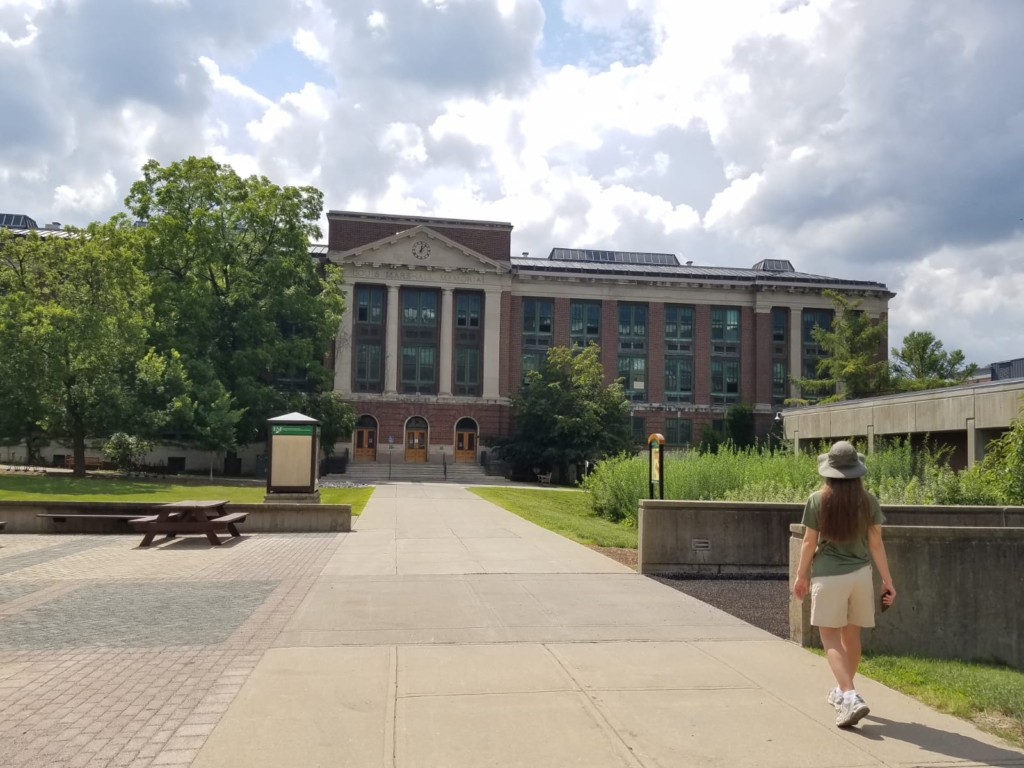
My first semester of graduate school was marked by many major life changes, not least by a move from Tucson, Arizona to Syracuse, New York. Combined with starting my Master’s program virtually due to the coronavirus pandemic, it made for a (very) unique transition period. However in the midst of adjusting to a new life, I was tremendously blessed by one aspect in particular: teaching.
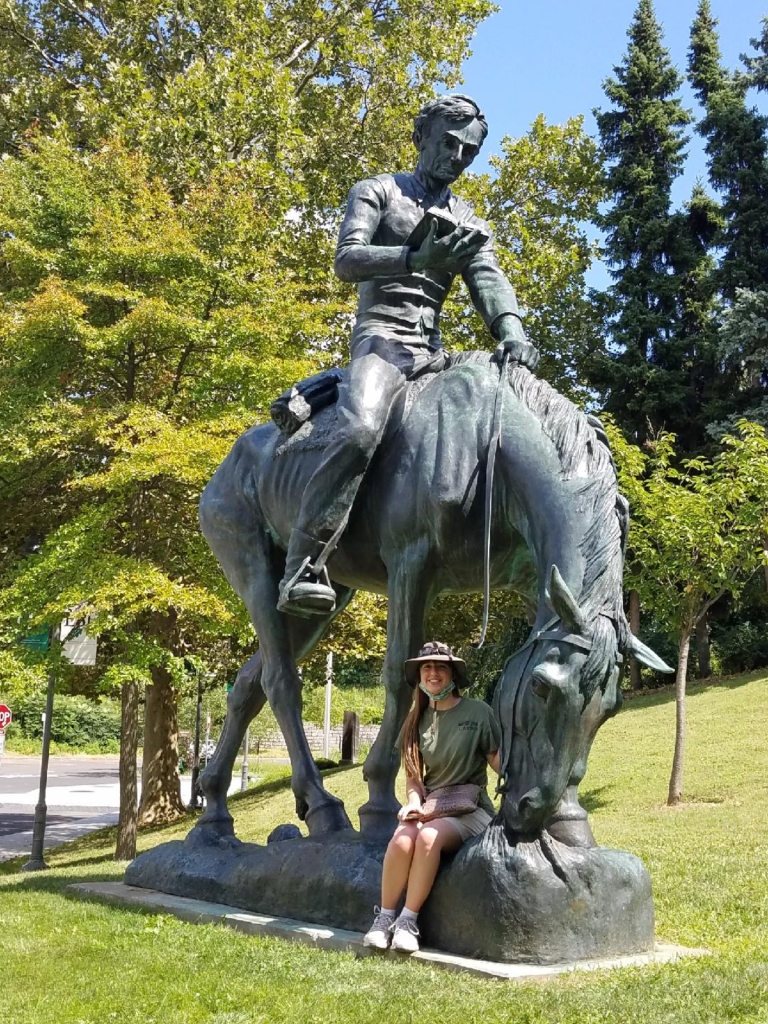
To fund my tuition and living expenses as a Master’s student, I received a teaching assistantship and therefore worked as a graduate TA for most of my time at SUNY ESF. The roles of a graduate TA vary depending on the class, and may range from helping with preparing lectures and running labs to grading assignments and leading field trips. During my first semester in the fall of 2020, I taught three lab sections of introductory ecology and organismal biology (EFB 102). Normally each TA teaches two lab sections, though because of the need to reduce class sizes during the COVID-19 pandemic, each TA had to take three sections (three hours each). Together with grading, holding office hours, and preparing for class, it was a big yet worthy time commitment! Just the fact that we could teach in-person was a huge blessing. Seeing my students every week, in addition to meeting with the other TAs and the professor once per week for lab previews, was a definite highlight of my first semester in graduate school.
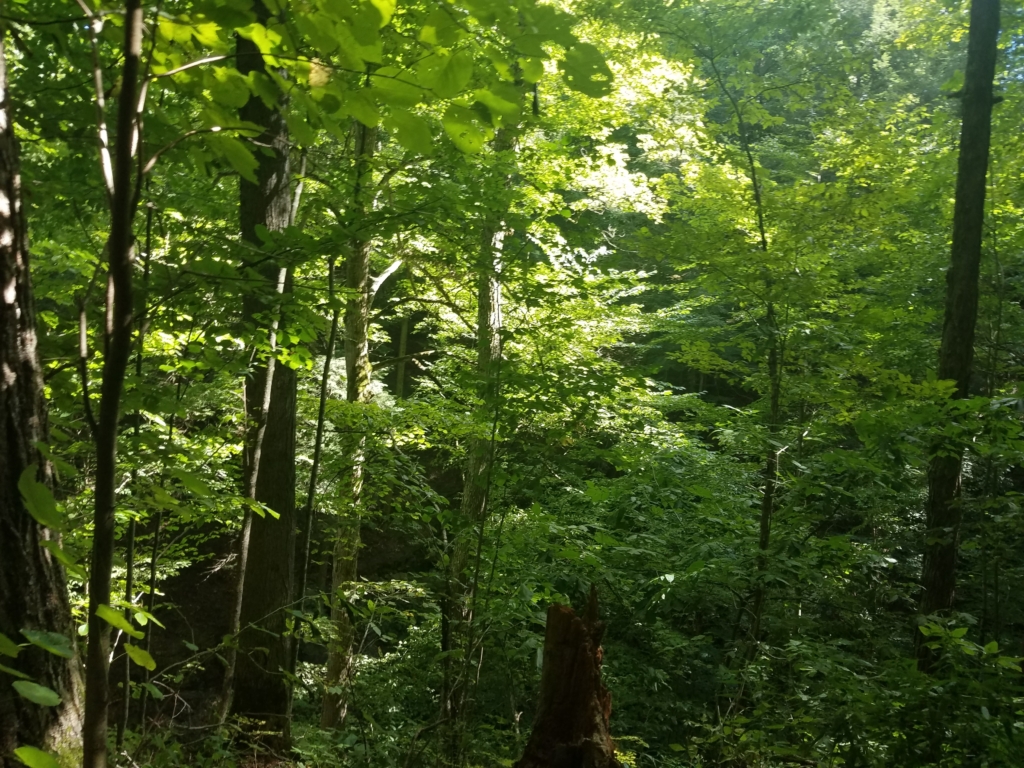
My responsibilities as a teaching assistant that first semester included teaching in the classroom and grading the assignments, which ranged from short post-lab assignments to longer lab reports. Moreover, SUNY ESF has a great system where each graduate TA is paired with an undergraduate TA, a student who has taken the class before and excelled in it. I had an undergraduate helper for two of my three lab sections, and both were incredible and made things much easier. Not only did they help create a fun and energetic dynamic within the classroom, but they also graded shorter assignments (ex. pre-labs), helped with teaching, and served as an alternative source of help if a student had a question. What a wonderful way to create a sense of community in the midst of online learning and social distancing! And although it was awkward never really knowing what my students looked like due to the masks, I treasured every moment I had with them.
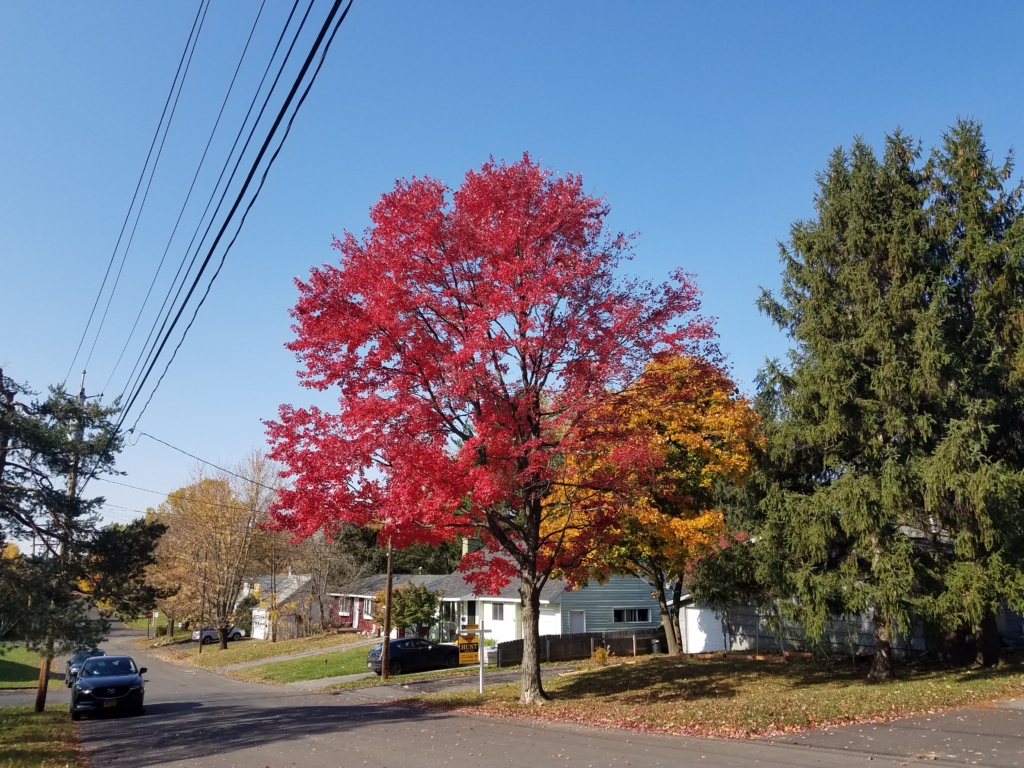
Some of my favorite parts of being a TA for introductory biology included the field trips, especially as I am a total outdoor person. I taught students several techniques, including measuring vegetation, soils, and trees. Lab work was fun too however, and included experiments with bacteria, working with microscopes, exploring plant and animal anatomy, and going over the scientific method and scientific writing, among other things. Moreover, that first semester I was enrolled in a course in college teaching, which allowed me to learn some of the aspects of a successful instructor and apply what I learned as the semester progressed. Not to mention I am from Arizona…so teaching about characteristics of eastern forests was really neat and a learning experience for me too! Each of my three classes also had a different dynamic based on the personalities of the students, which meant I had to adapt my teaching accordingly for each section. In any case, I was blessed with some of the most incredible students for which an instructor could ask!
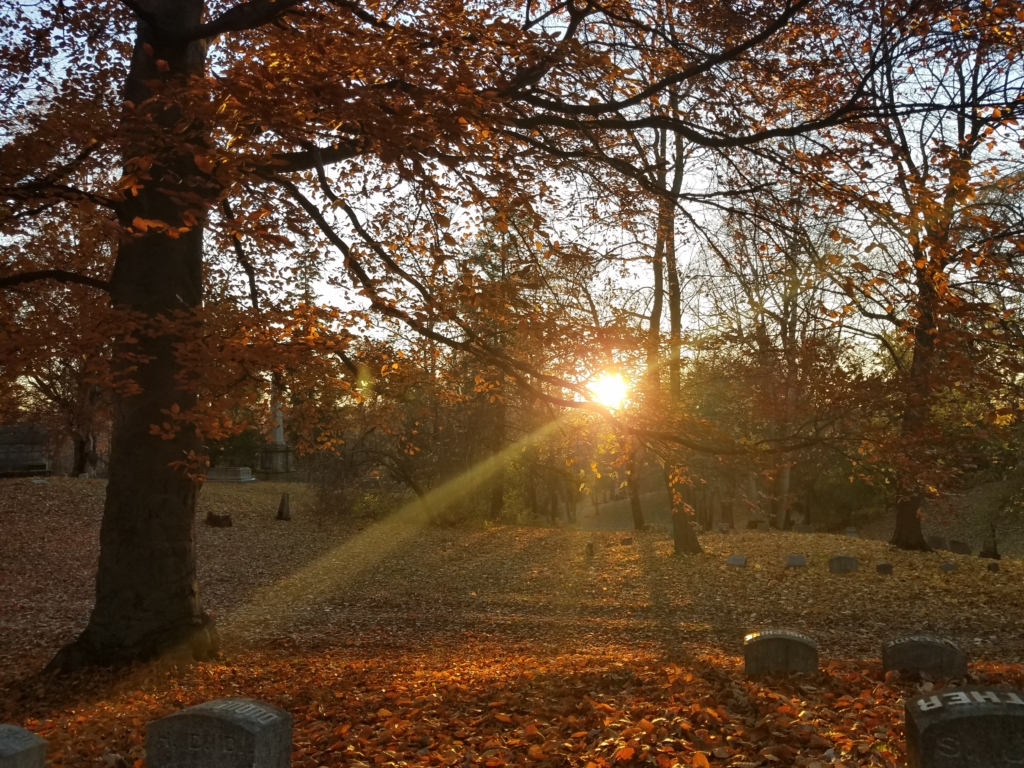
All in all, I learned a great deal from my first semester working as a teaching assistant. The last time I was in a teaching position was my sophomore year in college, where I was a preceptor for a field botany course. Being the primary instructor this time around though was a new experience, as was the level of responsibility that came with it. I practiced establishing expectations, communicating well, encouraging students while maintaining high standards, grading fairly, and managing my time well, especially as I was also taking classes myself and working on determining what my thesis topic would be. Flexibility was a huge part too because I occasionally (and sometimes unexpectedly) had to switch lab sections with other TAs during the week due to other commitments or unforeseen circumstances. Then there was the issue of the pandemic, which meant that the TAs had to constantly disinfect the room and equipment on a regular basis and double-check that students were adhering to safety protocols. Overall however, my reviews from the students were very positive, and I discovered I have a gift for teaching!
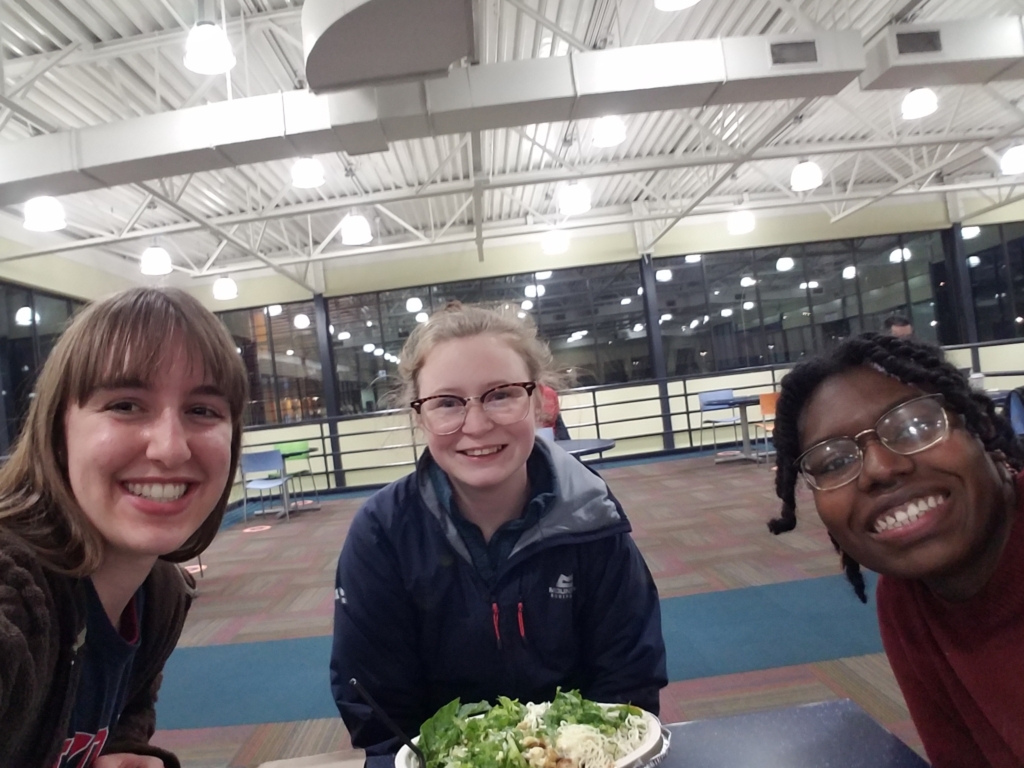
In contrast to my first semester, my next two semesters of teaching both involved upper-division courses. The first was called “Applied Wildlife Science” (EFB 491/796), and the second was “Wildlife Habitats and Populations” (EFB 493/693), which was the capstone course for the wildlife science major. Topics across both these classes were more in line with my specific interests and included population ecology and modeling, habitat evaluation, and monitoring and adaptive management. Further things I learned as a TA during these semesters included explaining concepts in different ways, meeting students where they were at in a patient and flexible manner, and recognizing and acknowledging my own limitations. Applied Wildlife Science unfortunately had to be virtual due to the pandemic (though it was mostly in-person the second time I TA’d the class, in my fourth semester). My primary responsibility there was to teach the lab section by giving a short introduction (boy did I learn a lot about troubleshooting and navigating Zoom issues!) and then answering student questions throughout the 3-hour period. I additionally attended lectures, held office hours, and helped with grading labs, exams, and final presentations. Moreover, I advised students for their final term projects in which they conducted either a distance sampling or occupancy study and interpreted results in light of a habitat suitability index. There were also undergraduate TAs who helped during the lab period and grading sessions, which made everything run much more smoothly. Moreover, I received an Excellence in Teaching Award from the Graduate Student Association after those first two semesters of working as a TA, which was very encouraging.
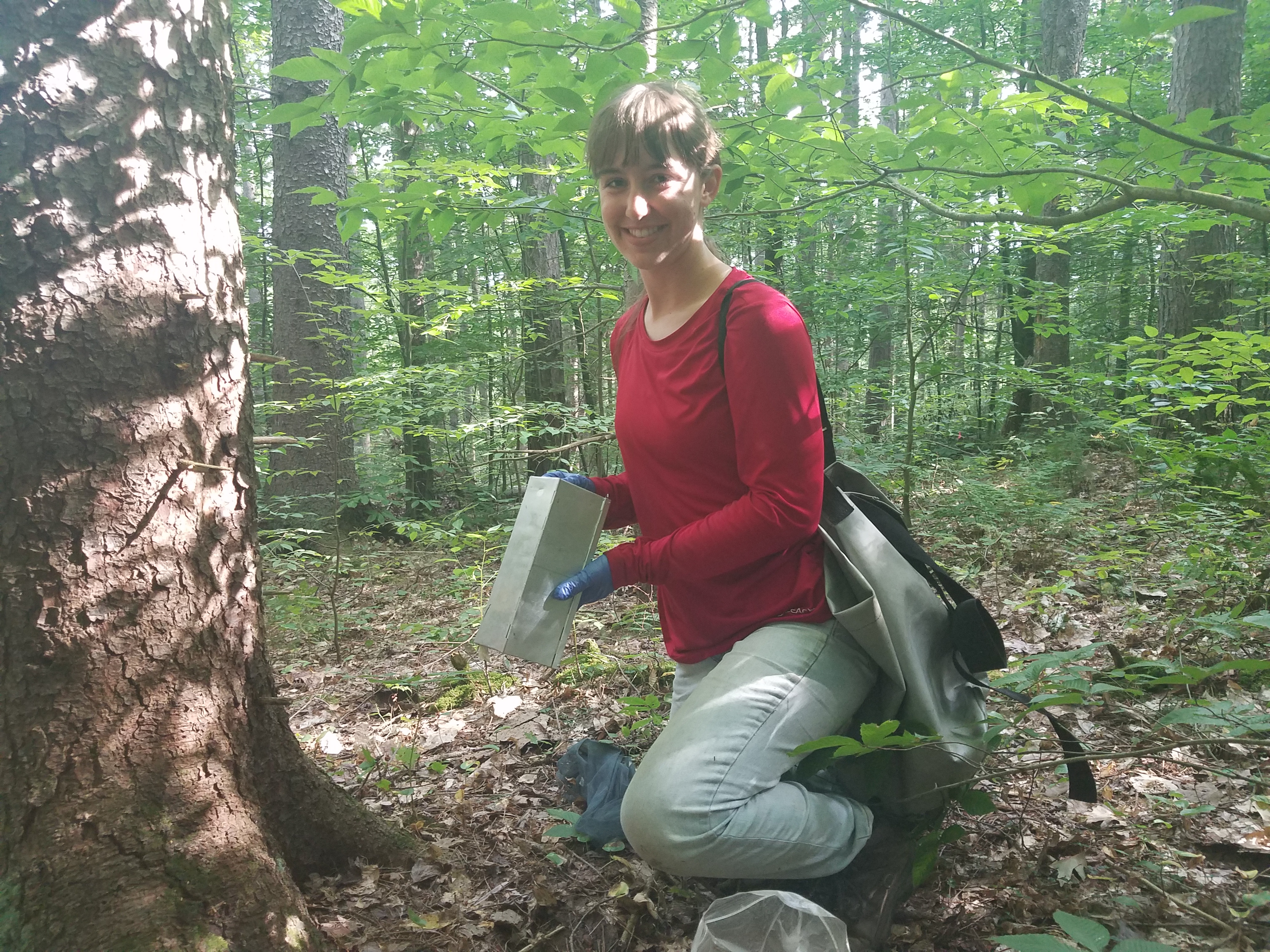
By contrast, Wildlife Habitats and Populations, the follow-up class to the one described above, was in-person and far more intense considering that I was the only TA. However, I enjoyed it a lot and learned a great deal myself. That class was heavily focused on group work because the students had to write a management plan for a species of interest in the SUNY ESF Heiberg Memorial Forest. Therefore, in addition to leading the 3-hour lab sections (two this time around), attending lectures, helping with grading labs, quizzes, tests, and assignments, keeping track of participation, holding (flexible) office hours, and attending semi-regular meetings with the professor, I was also responsible for assisting with advising student groups as they worked on their plans. These management plans included a literature review of habitat requirements for the species as well as their basic biology, three separate hypotheses on target habitat variables to manage based on suitability index values and life requisite equations, an initial assessment of habitat via field sampling on-site and a subsequent GIS analysis, 5- and 100-year biological, social, and economic goals, objectives for meeting those goals, a variety of maps and figures, feasibility concerns, a budget, and a plan for monitoring and adaptive management using Bayes’ Theorem. I clarified expectations and assisted the students with developing their goals, objectives, and budgets, refining their habitat variables and equations, creating maps within a GIS as part of the habitat assessment, producing figures from population modeling within Excel (both with and without harvest) that incorporated habitat quality, statistical analysis, improving their writing, and managing group dynamics. Moreover, all 10 student groups had to meet with me twice in the semester to prepare them for progress reports with the professor. Toward the semester’s end, I also helped with grading all final presentations. Overall, though, everything went very well. I was extremely impressed with the endurance and hard work of the students, and my reviews were once again overwhelmingly positive.